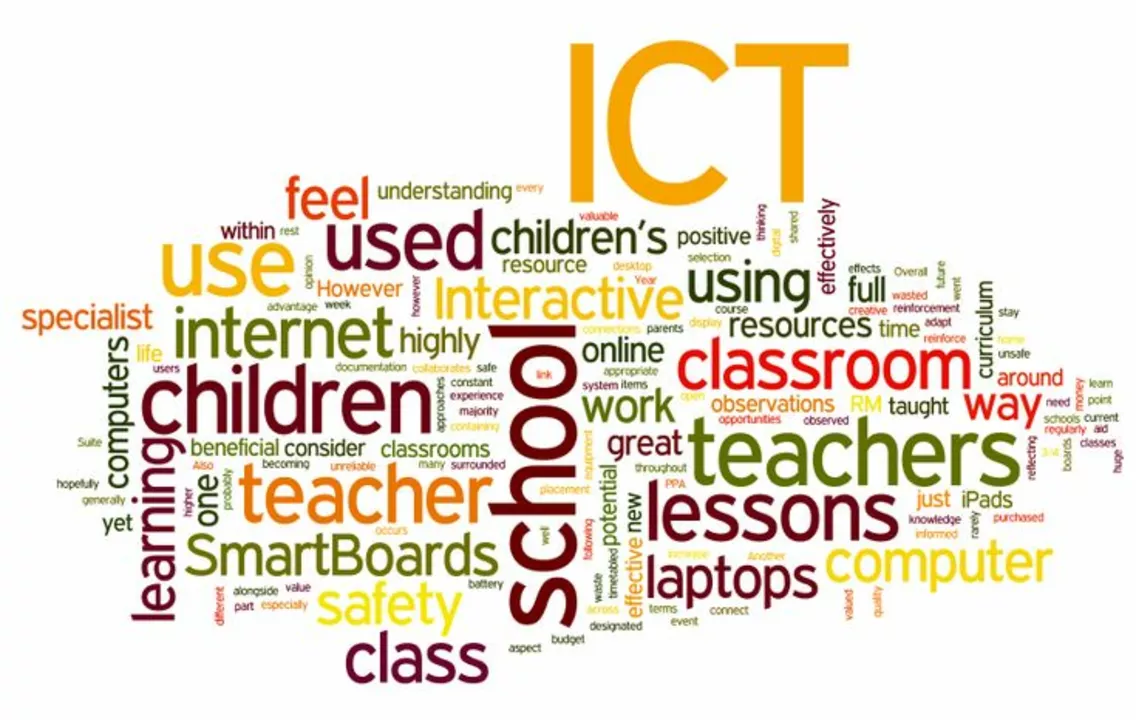Unlocking the Potential of Online Resources
As an educator or learner, you must have come across countless articles and research papers highlighting the importance of technology in education. Internet resources have significantly transformed the teaching and learning landscape, making the process more interactive, engaging, and effective. In this article, we will explore how internet resources facilitate teaching and learning through nine essential aspects.
Enhancing Collaboration and Communication
Internet resources have made it easier for educators and students to connect and collaborate. Platforms like Google Classroom, Zoom, and Microsoft Teams offer seamless communication and collaboration, enabling educators to share resources, conduct online classes, and provide real-time feedback. Students can also collaborate on group projects, engage in peer-to-peer learning, and interact with educators outside the classroom. This increased communication and collaboration not only enhance the learning experience but also help develop essential skills, such as teamwork, problem-solving, and critical thinking.
Personalizing Learning Experiences
One of the most significant advantages of using internet resources in teaching and learning is the ability to personalize learning experiences. Online platforms and tools allow educators to create individualized learning paths, track progress, and provide targeted feedback. Students can also access resources at their own pace, catering to their learning preferences, and needs. Personalized learning experiences ensure that each student receives the support they need to succeed, leading to improved academic outcomes and increased learner satisfaction.
Expanding Access to Educational Content
Internet resources have opened up a world of educational content for both educators and learners. From e-books and online journals to educational videos and podcasts, there is a wealth of information available at our fingertips. This abundance of resources allows educators to diversify their teaching materials, ensuring that they cater to different learning styles and preferences. Students can also access supplementary materials and resources to deepen their understanding of a topic or explore new areas of interest.
Encouraging Student Engagement
Online tools and platforms have made it possible to incorporate interactive elements into the teaching and learning process. From gamification to virtual reality, internet resources offer innovative ways to engage students and make learning more enjoyable. Interactive activities and multimedia content can also help students retain information more effectively, leading to better academic performance and increased motivation.
Facilitating Assessment and Feedback
Assessment and feedback are crucial aspects of the teaching and learning process, and internet resources have made it easier for educators to monitor student progress and provide timely feedback. Online quizzes, polls, and surveys can be used to gauge student understanding, while digital portfolios and grading tools make it simple for educators to track progress and offer personalized feedback. These tools not only save time and effort but also allow educators to identify areas for improvement and provide targeted support.
Enabling Remote Learning
The COVID-19 pandemic has highlighted the importance of remote learning, and internet resources have played a vital role in ensuring that education continues despite the challenges. Online platforms and tools have enabled educators to create virtual classrooms, conduct live lessons, and share resources with students. Remote learning has also allowed students to continue their education from the safety and comfort of their homes, ensuring that they do not miss out on valuable learning opportunities.
Supporting Professional Development
Internet resources are not only essential for teaching and learning but also for professional development. Educators can access online courses, webinars, and workshops to enhance their teaching skills and stay updated with the latest trends and developments in the field. Social media platforms and online communities also offer opportunities for networking, sharing resources, and learning from other professionals.
Reducing the Environmental Impact
By embracing internet resources, we can significantly reduce the environmental impact of traditional teaching and learning methods. Digital resources, such as e-books and online journals, can help reduce paper consumption, while virtual classrooms and remote learning can reduce the need for physical spaces and transportation. In this way, internet resources contribute to a more sustainable and eco-friendly approach to education.
Creating Inclusive Learning Environments
Internet resources have the potential to create more inclusive learning environments by removing barriers to education. Online platforms and tools can be adapted to accommodate students with disabilities, ensuring that everyone can access and participate in the learning process. Language translation tools and subtitles can also help students who speak different languages or have limited English proficiency. By making education more accessible and inclusive, internet resources can help create a more diverse and equitable learning environment for all.
In conclusion, internet resources have revolutionized the way we teach and learn, breaking down barriers and creating new opportunities for both educators and learners. From enhancing collaboration and communication to enabling remote learning and supporting professional development, the benefits of internet resources are undeniable. As we continue to embrace technology in education, we must ensure that we harness its full potential to create more engaging, effective, and inclusive learning experiences for everyone.
